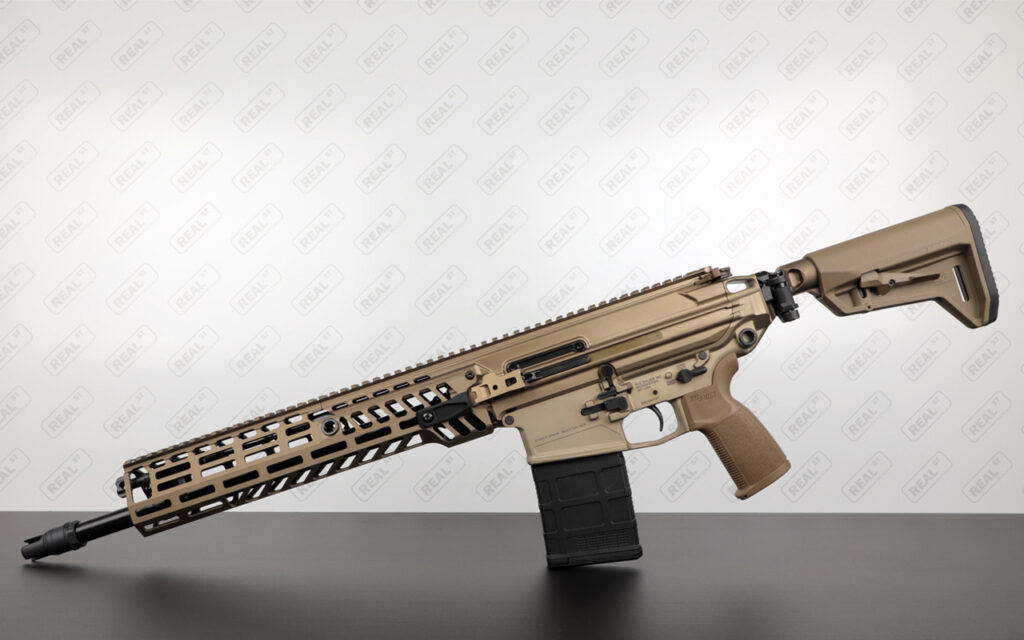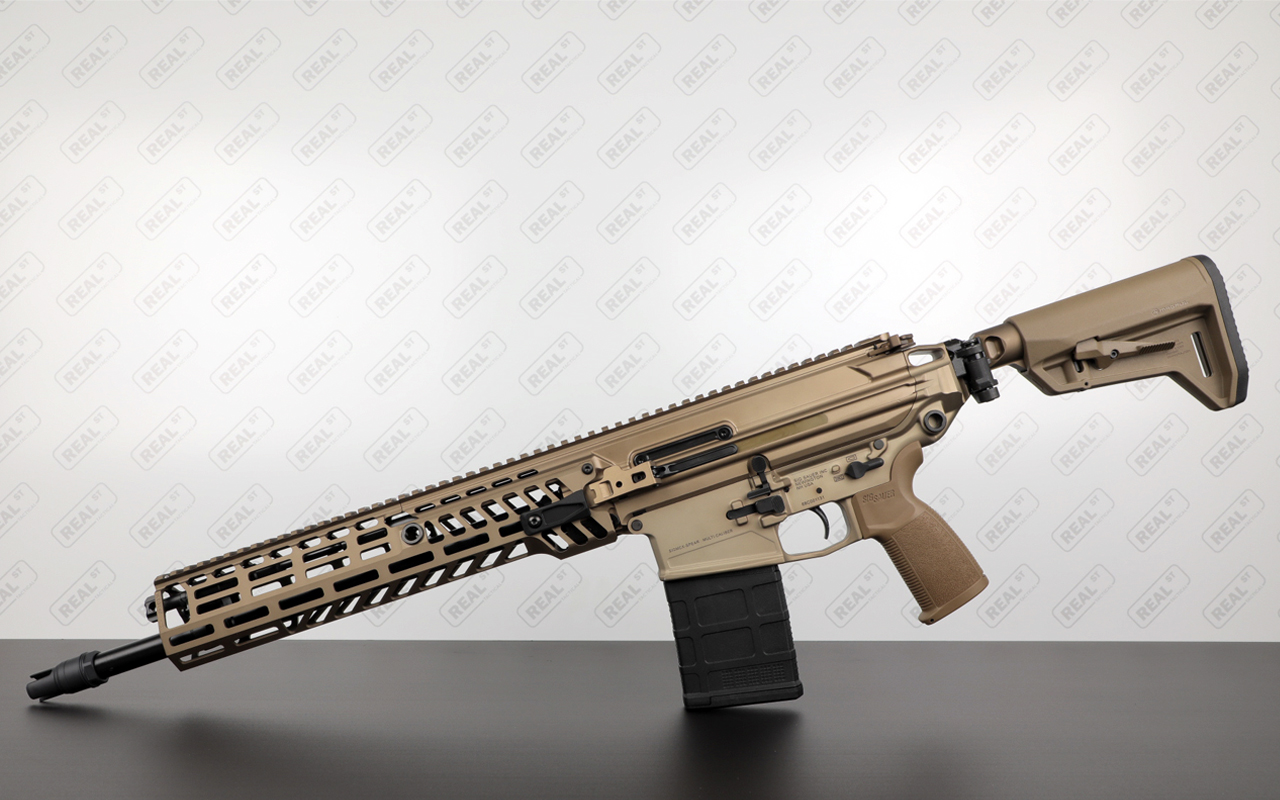
Is 7.62x51mm NATO the Same as .308 Winchester? A Comprehensive Guide
The question of whether the 7.62x51mm NATO cartridge is the same as the .308 Winchester is a common one, especially among firearm enthusiasts, hunters, and those in the military or law enforcement. While these two cartridges share similar dimensions and appear interchangeable at first glance, subtle yet significant differences exist. Understanding these nuances is crucial for ensuring firearm safety, optimal performance, and avoiding potential damage to your firearm. This article delves into the history, specifications, and key distinctions between the 7.62x51mm and the .308 Winchester rounds.
A Brief History: Origins and Development
To fully appreciate the differences between the 7.62x51mm NATO and the .308 Winchester, it’s essential to understand their historical context. The 7.62x51mm NATO was developed in the 1950s as a military cartridge, intended to replace the .30-06 Springfield in NATO firearms. Its development was driven by the need for a shorter, lighter cartridge that could deliver comparable performance in modern battle rifles and machine guns.
Shortly after the 7.62x51mm NATO was adopted, Winchester Ammunition introduced the .308 Winchester to the civilian market. The .308 Winchester was designed to closely resemble the 7.62x51mm in terms of size and performance, aiming to capitalize on the military cartridge’s popularity and offer a similar option for hunting and sporting purposes. The .308 Winchester quickly gained popularity due to its accuracy, manageable recoil, and versatility in various hunting and target shooting applications.
Key Differences: Pressure, Chamber Dimensions, and Tolerances
The most critical difference between the 7.62x51mm NATO and the .308 Winchester lies in their pressure specifications. The 7.62x51mm NATO is typically loaded to lower pressures than the .308 Winchester. Military specifications often prioritize reliability and function across a wide range of firearms and environmental conditions, leading to more conservative pressure limits. The .308 Winchester, on the other hand, is often loaded to higher pressures to achieve optimal performance in sporting rifles.
While the external dimensions of the two cartridges are very similar, slight variations exist in chamber dimensions and tolerances. These differences, though small, can impact how the cartridge seats in the chamber and how the firearm cycles. Rifles chambered for 7.62x51mm NATO generally have slightly looser tolerances to ensure reliable operation under adverse conditions. This means that a .308 Winchester round fired in a 7.62x51mm chamber may experience slightly increased headspace.
Can You Safely Interchange 7.62x51mm and .308 Winchester?
This is the million-dollar question. The general consensus is that firing 7.62x51mm NATO rounds in a rifle chambered for .308 Winchester is usually safe. The lower pressure of the 7.62x51mm NATO round means that it is unlikely to exceed the pressure limits of a .308 Winchester rifle. However, firing .308 Winchester rounds in a rifle chambered for 7.62x51mm NATO is generally not recommended. The higher pressure of the .308 Winchester round could potentially exceed the pressure limits of the 7.62x51mm NATO rifle, leading to excessive wear, damage, or even a catastrophic failure.
It is crucial to consult the firearm manufacturer’s recommendations before using any ammunition. The manufacturer’s manual will provide specific guidance on the types of ammunition that are safe to use in your firearm. If you are unsure, it is always best to err on the side of caution and avoid using .308 Winchester rounds in a rifle chambered for 7.62x51mm NATO.
Potential Risks and Consequences
Using the wrong ammunition can have serious consequences, ranging from minor inconveniences to life-threatening situations. Firing high-pressure .308 Winchester rounds in a 7.62x51mm NATO rifle can lead to several potential problems:
- Excessive Wear and Tear: The increased pressure can accelerate wear and tear on the firearm’s components, reducing its lifespan and potentially affecting its accuracy.
- Damage to the Firearm: In extreme cases, the higher pressure can cause damage to the firearm’s chamber, bolt, or other critical parts.
- Catastrophic Failure: In the most severe scenarios, the firearm could experience a catastrophic failure, resulting in serious injury or death to the shooter or bystanders.
It’s not just about the firearm itself. Incorrect ammunition can also affect accuracy and consistency. Using ammunition that is not properly matched to the firearm’s chamber dimensions and twist rate can lead to poor accuracy and inconsistent bullet trajectories. This can be particularly problematic for hunting or target shooting, where precision is essential.
Identifying 7.62x51mm NATO and .308 Winchester Ammunition
Visually distinguishing between 7.62x51mm NATO and .308 Winchester ammunition can be challenging, as they often look nearly identical. However, there are a few key indicators to look for:
- Headstamp Markings: The headstamp is the marking on the base of the cartridge case. It typically includes information about the manufacturer, the cartridge designation, and sometimes the year of manufacture. Look for markings such as “7.62 NATO” or “.308 Win” to identify the cartridge type.
- Packaging and Labeling: The ammunition box or packaging will clearly indicate the cartridge type. Pay close attention to the labeling to ensure that you are using the correct ammunition for your firearm.
- Bullet Weight and Type: While not always definitive, the bullet weight and type can sometimes provide clues. 7.62x51mm NATO rounds often use heavier bullets than .308 Winchester rounds, but this is not always the case.
The Role of Firearm Manufacturers
Firearm manufacturers play a crucial role in ensuring the safe and proper use of their products. Most manufacturers will clearly mark their firearms with the cartridge designation for which they are chambered. They also provide detailed information in their owner’s manuals about the types of ammunition that are safe to use. It is essential to read and understand the manufacturer’s recommendations before using any ammunition in your firearm.
Some manufacturers may design their firearms to safely accommodate both 7.62x51mm NATO and .308 Winchester ammunition. However, this is not always the case, and it is important to verify this information with the manufacturer before attempting to use both types of ammunition in the same firearm.
Expert Opinions and Industry Standards
The question of interchangeability between 7.62x51mm NATO and .308 Winchester has been debated extensively within the firearms industry. Many experts recommend against routinely interchanging the two cartridges, citing the potential for safety issues and performance degradation. Industry standards, such as those established by SAAMI (Sporting Arms and Ammunition Manufacturers’ Institute), provide guidelines for ammunition and firearm manufacturers to ensure safety and consistency. However, these standards do not explicitly address the interchangeability issue, leaving it up to individual manufacturers to determine the suitability of their firearms for both cartridge types.
The Bottom Line: Proceed with Caution
In conclusion, while the 7.62x51mm NATO and .308 Winchester cartridges share similar dimensions, they are not identical. The differences in pressure specifications, chamber dimensions, and tolerances can have significant implications for firearm safety and performance. Firing 7.62x51mm NATO rounds in a rifle chambered for .308 Winchester is generally considered safe, but firing .308 Winchester rounds in a rifle chambered for 7.62x51mm NATO is not recommended. Always consult the firearm manufacturer’s recommendations before using any ammunition, and err on the side of caution if you are unsure. Understanding the nuances between these two cartridges is essential for ensuring firearm safety and optimal performance. [See also: .308 vs 30-06: Which Rifle Cartridge is Right for You?] [See also: Best .308 Rifles for Long-Range Shooting]
Always prioritize safety and consult with a qualified gunsmith or firearms expert if you have any questions or concerns about ammunition compatibility. Staying informed and following best practices will help you enjoy your firearms safely and responsibly.
Understanding Headspace
Headspace is a critical concept when discussing ammunition compatibility. It refers to the distance between the breech face (the part of the firearm that supports the base of the cartridge) and a specific point on the cartridge case. This point varies depending on the cartridge design, but it’s essential for ensuring proper ignition and safe operation.
Excessive headspace can lead to several problems, including:
- Misfires: The firing pin may not strike the primer with sufficient force to ignite the cartridge.
- Case Ruptures: The cartridge case may not be fully supported in the chamber, leading to a rupture upon firing.
- Reduced Accuracy: Inconsistent headspace can affect bullet trajectory and reduce accuracy.
While small differences in headspace might not cause immediate catastrophic failure, they can contribute to accelerated wear and tear on the firearm and increase the risk of future problems. This is why understanding and respecting the manufacturer’s specifications for ammunition is crucial.
Alternatives and Considerations
If you’re looking for a rifle that can safely and reliably fire both 7.62x51mm NATO and .308 Winchester ammunition, consider researching models specifically designed and tested for this purpose. Some modern rifles are built with tighter tolerances and stronger materials to handle the pressure variations between the two cartridges. However, even with these rifles, it’s essential to follow the manufacturer’s guidelines and prioritize safety.
Reloading ammunition is another area where caution is needed. Reloaders should carefully adhere to published load data and avoid exceeding maximum pressure limits. Using the correct components and following established reloading procedures is crucial for ensuring the safety and reliability of reloaded ammunition.
The Future of 7.62x51mm and .308 Winchester
Despite the emergence of newer cartridges, both the 7.62x51mm NATO and .308 Winchester remain popular and widely used today. The 7.62x51mm continues to serve as a standard military cartridge in many countries, while the .308 Winchester remains a favorite among hunters and target shooters. The versatility, accuracy, and manageable recoil of these cartridges ensure their continued relevance in the firearms world.
As technology advances, we may see further refinements and improvements to both the 7.62x51mm and .308 Winchester cartridges. New bullet designs, powder formulations, and manufacturing techniques could enhance their performance and extend their effective range. However, the fundamental principles of firearm safety and ammunition compatibility will always remain paramount.

